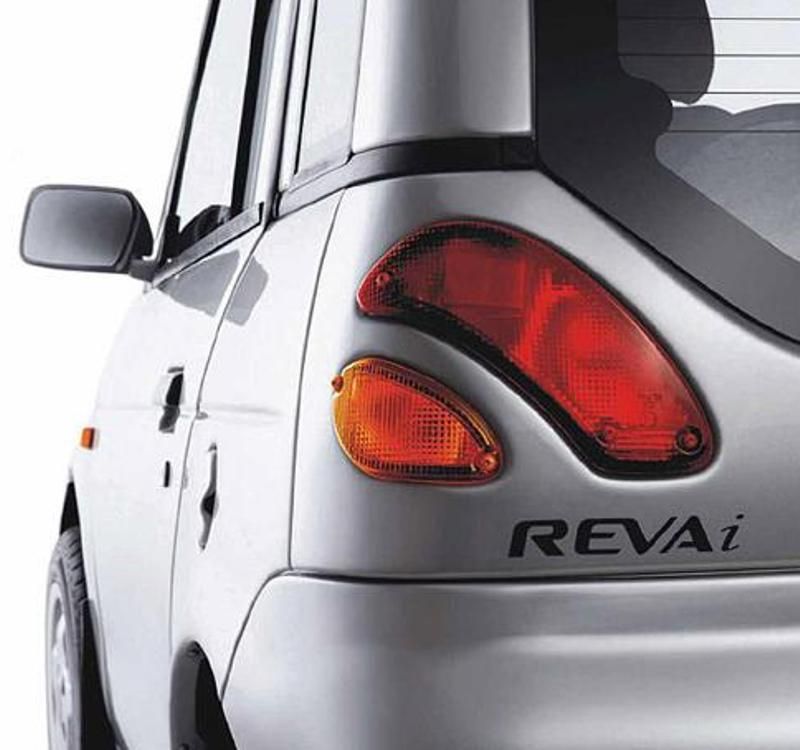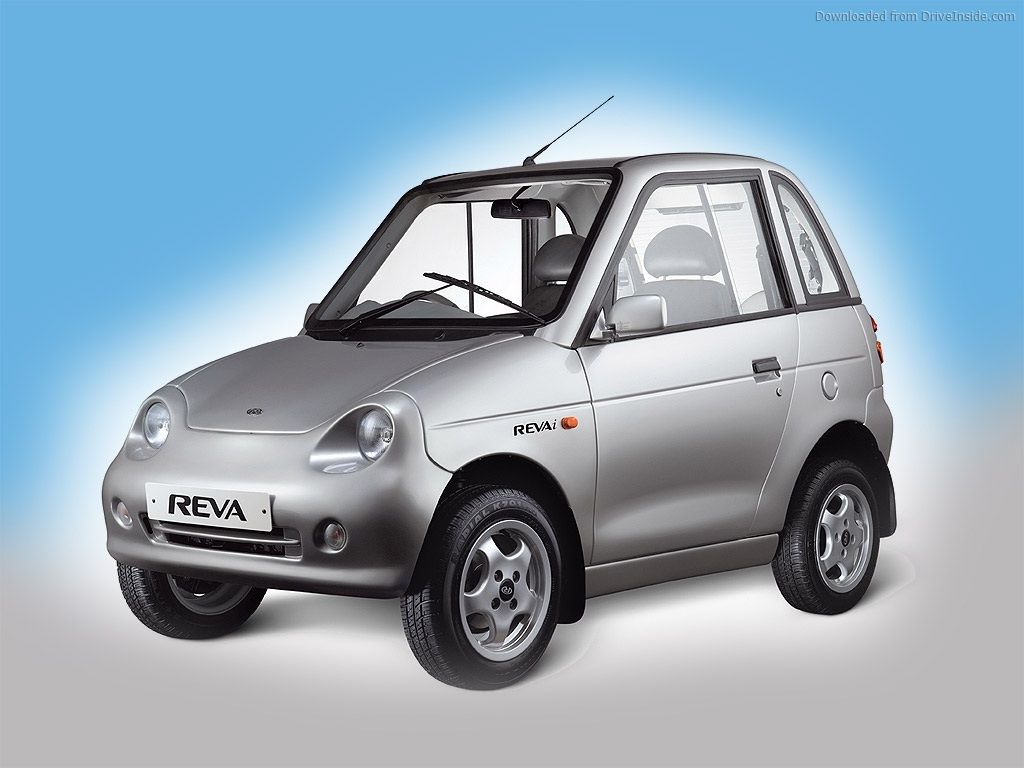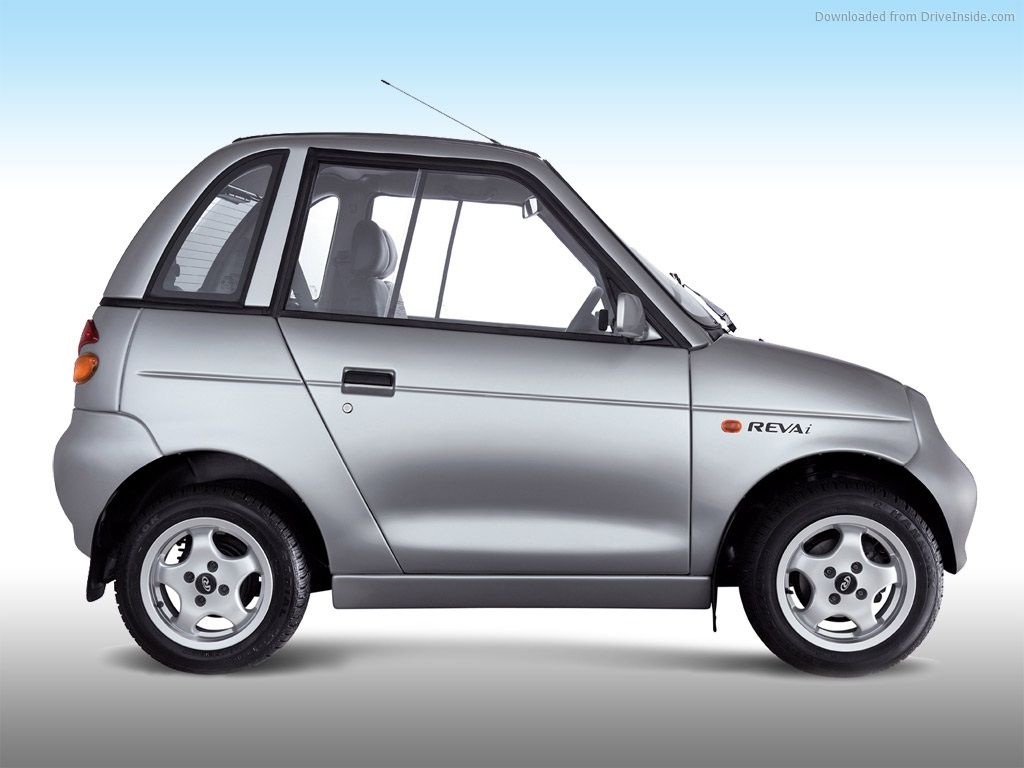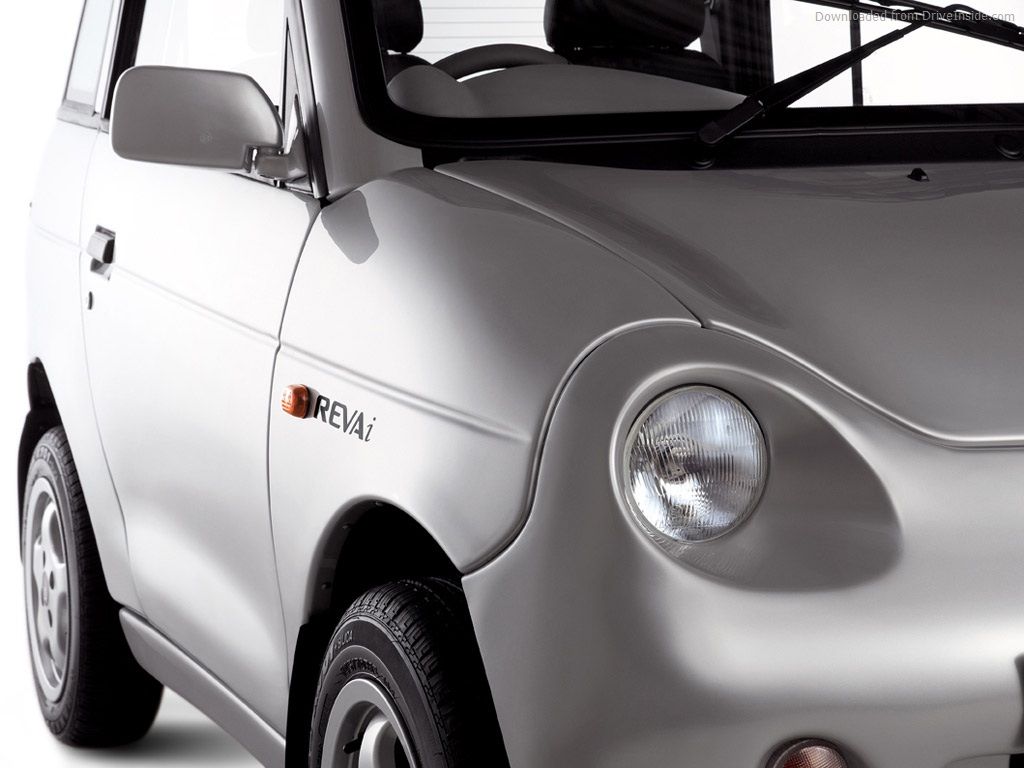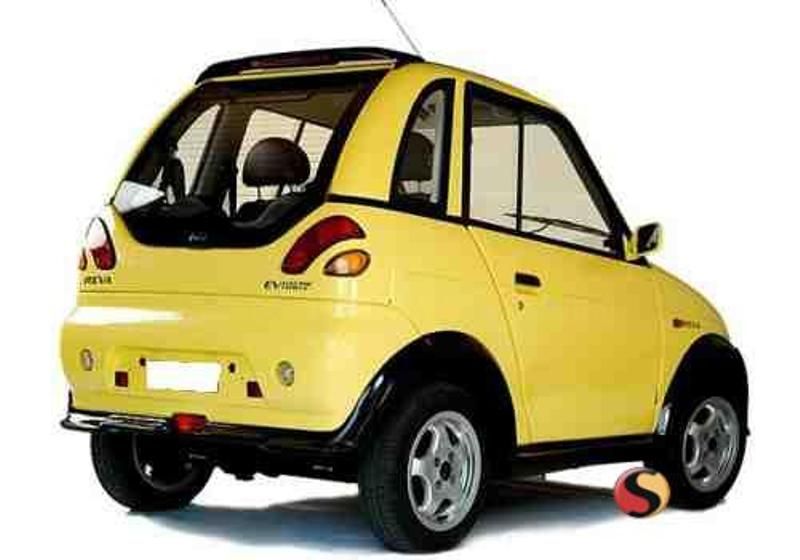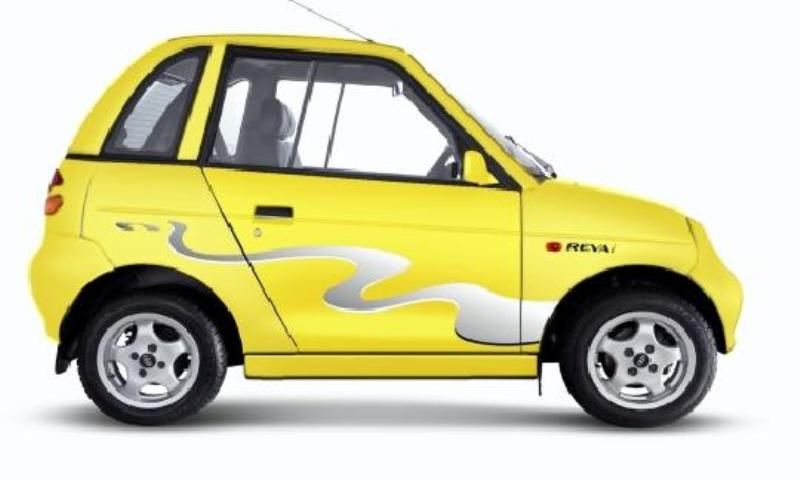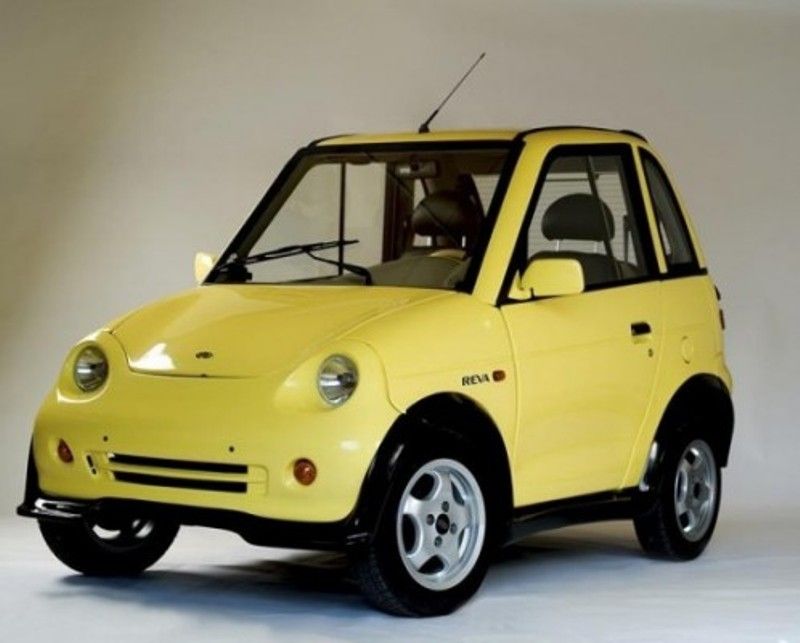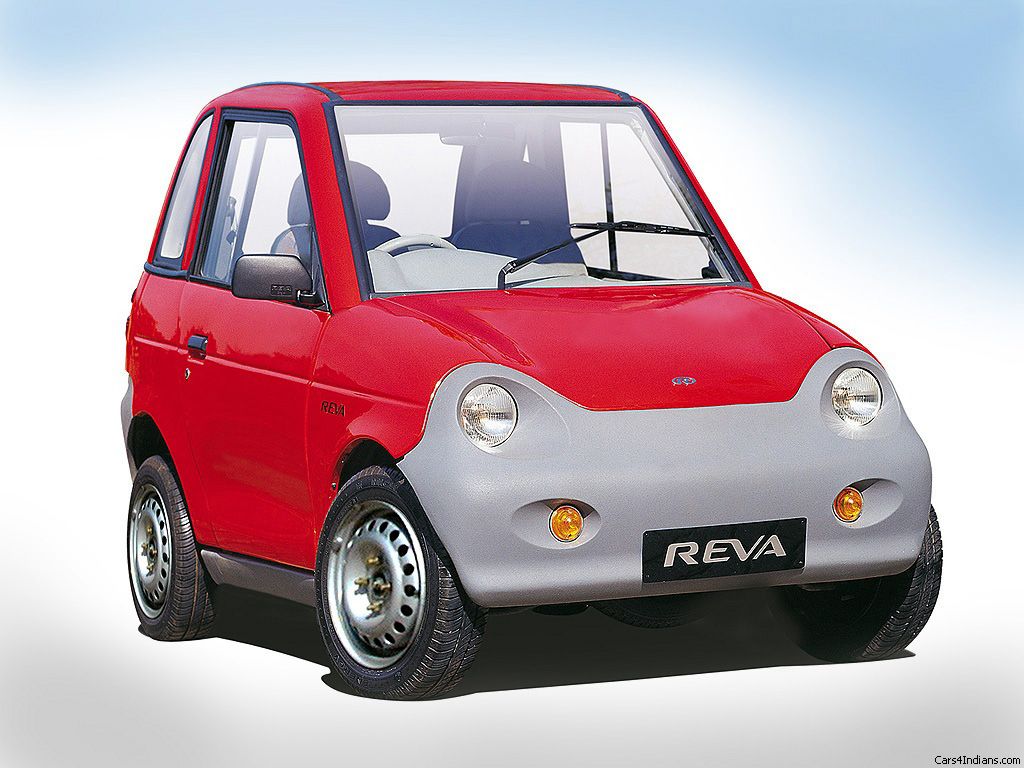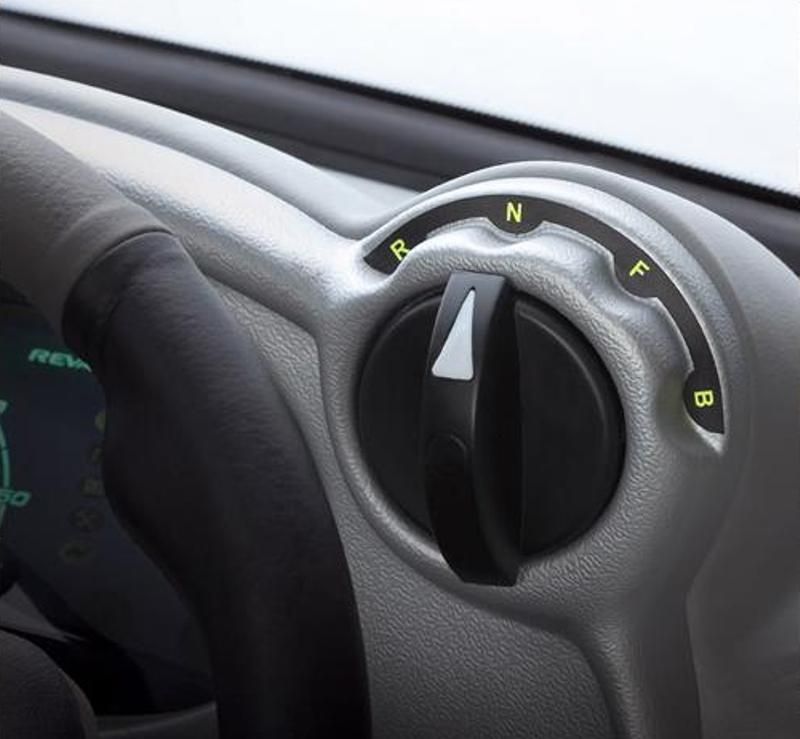One of the first companies that started to develop electric vehicles is Maini Reva. After a relatively short period of time, the worldwide interest for electric cars exploded and the small company managed to attract a lot of interest. Mahindra saw a huge potential in Reva’s future and decided to buy it.
The company’s adventure in the world of electric cars started with a tiny hatchback named the Reva-i which also happened to be the first electric vehicle launched worldwide.
During its life, the electric two seater has received numerous upgrades and is now built in Bangalore (India). Fortunately this wasn’t an isolated project, as Reva is also preparing to launch another two electric vehicles namely the REVA-i NXR and REVA-i NXG, both of them significantly more advanced than the actual model.
mahindra-reva-i
- Make: Array
- Model: mahindra-reva-i
2008 Mahindra Reva-i
- Make: Array
- Model: 2008 Mahindra Reva-i
- Torque: 52 @ 0
2012 HSV GTS 25th Anniversary Edition
- Make: Array
- Model: 2012 HSV GTS 25th Anniversary Edition
- Engine/Motor: V8
- Horsepower: 435
- Torque: 52 @ 0
- [do not use] Vehicle Model: Array
Design
The Mahindra Reva-i must be on f the smallest cars that can be seen on today’s roads, as it measures only 2638 mm long. Reva-i’s ultra-compact dimensions make a lot of sense as this tiny two-seater was intended to battle for parking spaces in urban environments.
Unlike the conventional hatchbacks which are covered in a metallic skin, the Reva-i’s body is made of ultra light Acrylonitrile -Butadiene-Styrene. Moreover, the body is built on a modern light tubular space-frame which gives the car a curb weight of only 750 kg.
Though, despite the intensive use of modern technologies, the Reva-i’s exterior design is far from being as innovative, as once could expect. By contrary it looks plain and boring without any fancy lines to break up the monotony.
The rudimentary style starts up front, where we find a set of chunky headlights mounted deep into the body. Underneath, there is a small bumper which it’s fitted with a small air intake and a pair of tiny fog lamps.
The Mahindra Reva-i sits on 13 inch wheels, but despite that these are the smallest wheels available for a passenger car they still look too big when compared to the compact body, giving the car a pretty funny stance. On the other hand, the “big wheels” helps the car to stay better glued to the ground. If you want to diminish the body roll effect caused by the tall height and the small wheelbase even more, the car can be also optionally fitted with a rear roof spoiler.
Interior
You won’t have to be a rocket scientist to guess that the compact exterior dimensions translate into limited interior space. Apart from the cramped cabin, the materials and plastics found inside are rock hard and cheap, while the fit and finish leaves much to be desired.
The driver’s seat is placed very close to the front passengers’ because the transition tunnel is literally absent. You will also feel disturbed by the windshield position which is located too close to your face, giving a claustrophobic sensation. However, thanks to the high driving position, the road visibility is good and the Reva-i offers more legroom than the Smart Fortwo.
Mahindra tried to fit a pair of rear seats inside, but they are too small to be considered practical and can be used only by kids. Fortunately the rear bench can be folded to provide more luggage space.
Once inside you are greeted by a small steering wheel which feels great to hold and it’s not intrusive. You’ll notice that the center dash is pretty ergonomically designed and every button and switch falls easy into the hand.
Apart from the practical center console, we also like the gear selector which is built as a rotary knob mounted high on the dash. Unlike a regular car the Reva-i’s gear selector features only three modes of driving - reverse, forward and boost.
Engines and performance
Once you’ll start the engine don’t expect to any sporty performances, as the car’s initial response is very sluggish. To put the car in motion Reva used an electric motor powered by eight six-volt lead acid batteries located under the front seats. The batteries can be charged using a 15 amp socket. For a complete charge the car needs to stay connected to the socket for eight hours, while an 80% charge will took only two and a half hours. With the battery fully charged, the Reva-i’s autonomy is rated at 80 km, depending on road conditions.
The car seems very slow compared to any other fuel based vehicle. However the 52 Nm torque manages to offer enough power to send you to 40 km/h in less than 8 seconds. As you continue to push the accelerator pedal, the Mahindra Reva-i will reach 60 km/h after 21 seconds. This big difference between the speed levels is caused by the fact that the motor’s performance drops as the speed gets higher, because the maximum torque is achieved at only zero revs.
As the peak torque is offered at zero rpm, there is no need for a conventional gearbox or clutch, which makes the car fairly easy to drive around town. The motor is pretty responsive and the top speed is reasonably rated at 80 km/h. Though some extra grunt would’ve been welcomed.
Ride
Thanks to the tight turning radius (only 3.5 meters) the Reva-i deals great with city driving. However, the small dimensions affect the ride quality and the passengers can feel every bump of the road.
On the other hand, the car has a low center of gravity, thanks to the heavy battery pack which is located under the seats. In this way the vehicle feels more stable than expected and can cut corners without lifting any wheel off the road. Moreover, the steering is also pretty sharp and offers a fun driving experience.
Like most of today’s electric cars, the Mahindra Reva-i is equipped with standard regenerative breaks which convert the energy used for braking into electric energy. If you aren’t used with this type of breaks, the Reva-i will feel a bit strange, because when you push the stop pedal, the electric motor will reverse the direction. The torque created by this reversal counteracts the forward momentum and eventually stops the car. Also, if you push harder the batteries will receive more energy.
Verdict
Judging by today’s standards, the Mahindra Reva-i is a half step behind its rivals. The exterior design is highly rudimentary, the cabin feels cramped and poorly built and the ride is too stiff to be called comfortable.
Though, this doesn’t mean that the car isn’t capable of doing its job. Its small turning radius and the compact proportions help you squeeze through the traffic with ease, while the electric motor is also very efficient and cost effective.



